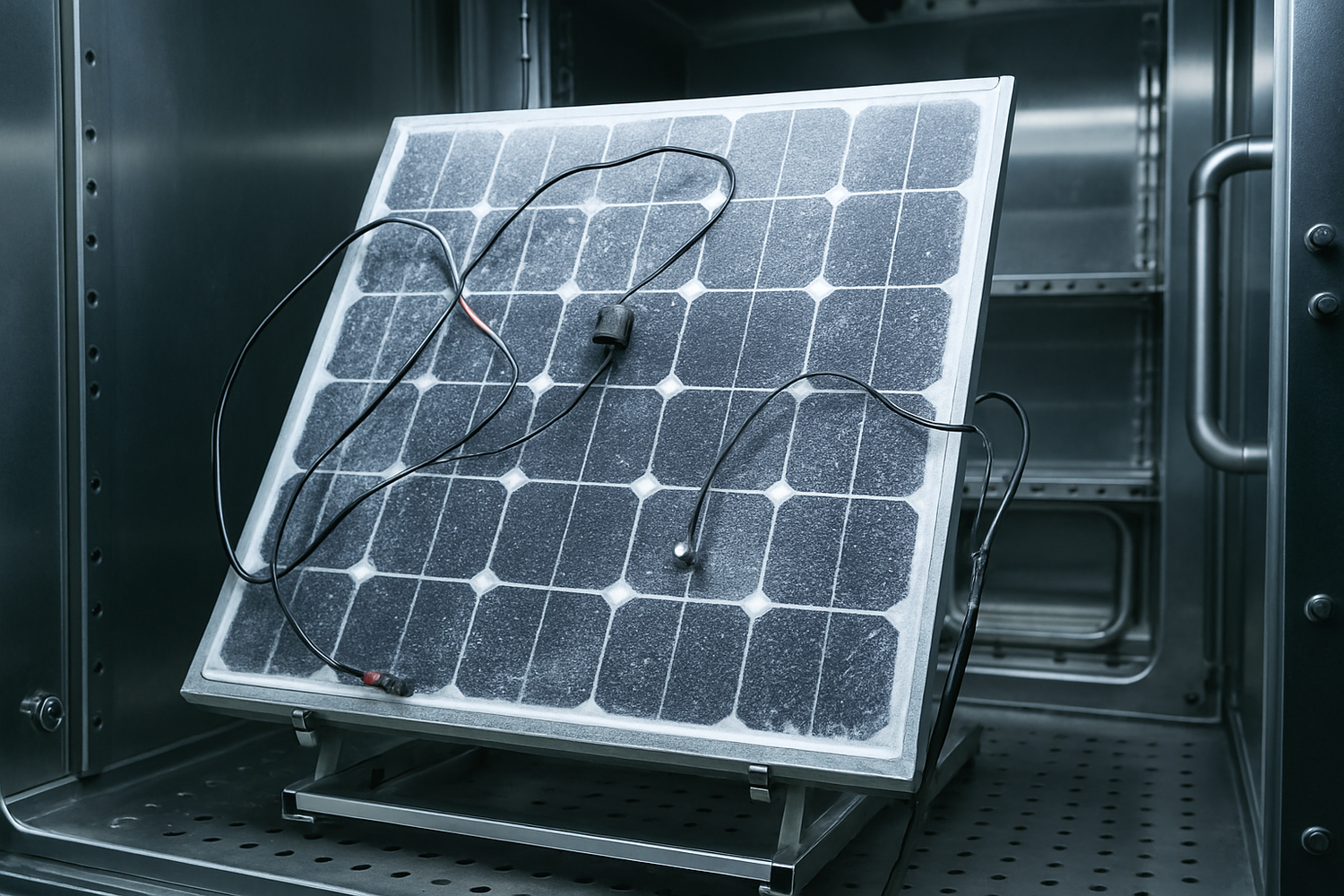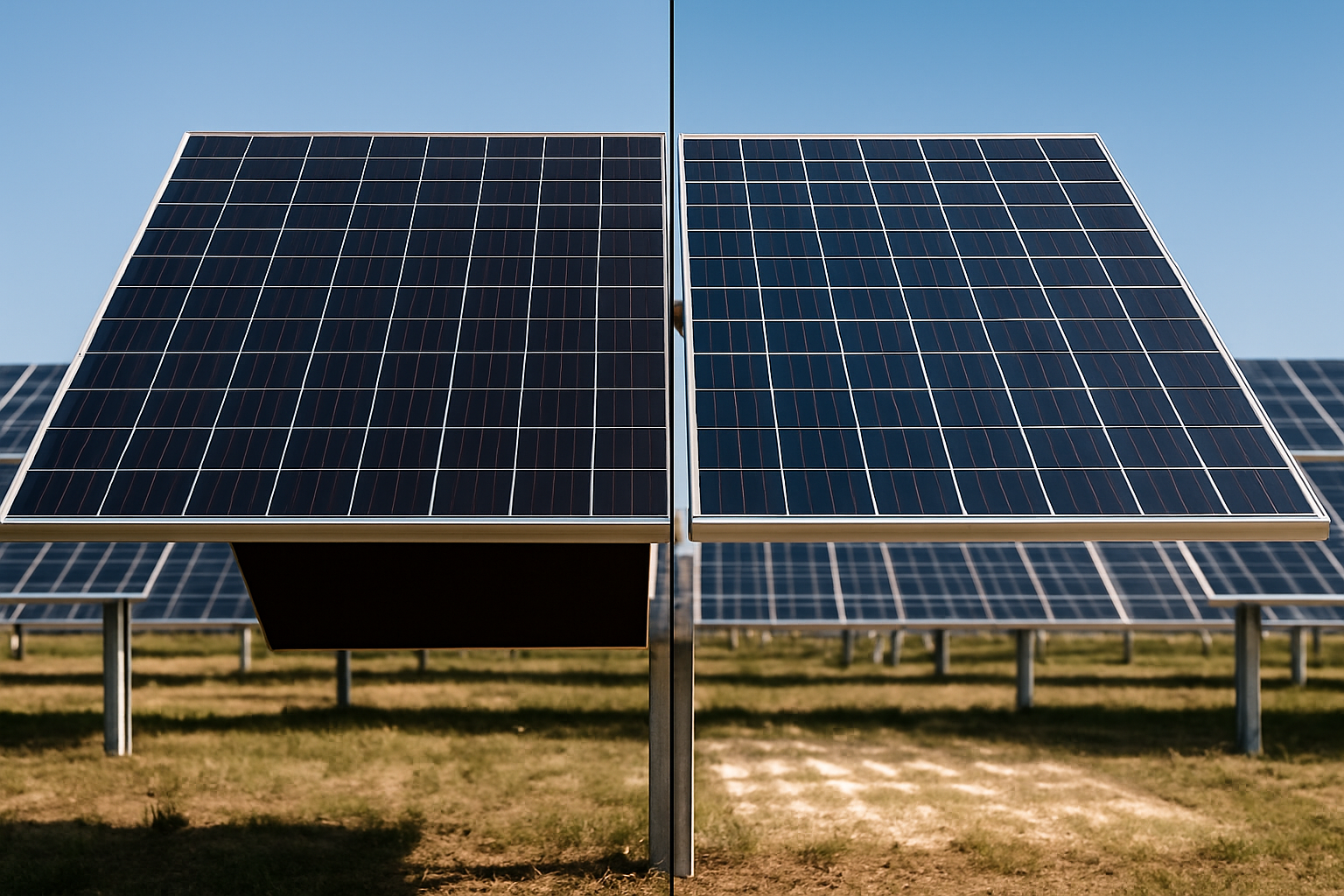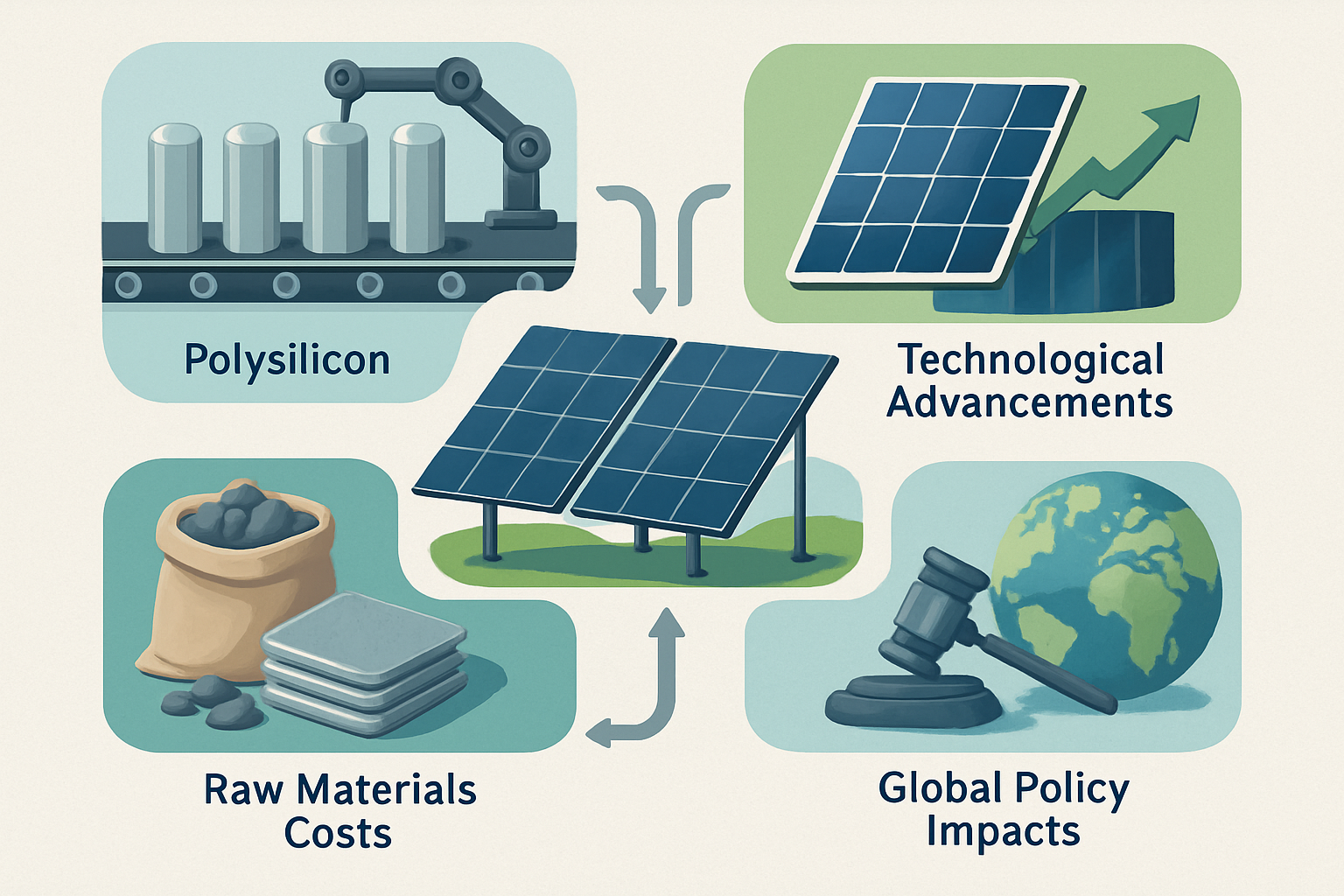When you invest in a solar energy system, you're not just buying panels; you're investing in decades of clean power. While peak efficiency ratings often grab headlines, the true measures of a solar panel's value are its long-term performance and reliability. A system that performs consistently and withstands the elements for 25 years or more is what delivers a real return. This involves understanding solar module durability, the nuances of different solar panel types, and the rigors of module reliability testing.
Making a smart solar investment requires looking beyond the spec sheet. It's about how the technology holds up in your specific climate, how it degrades over time, and how the entire system is designed for longevity. At ANERN, we focus on providing reliable and scalable energy solutions, from high-performance lithium batteries to complete off-grid solar systems, all engineered for lasting value and helping you achieve energy independence.
Understanding the Core of Solar Module Durability
The foundation of a solar project's success lies in the durability of its modules. This isn't just about surviving a hailstorm; it's about maintaining high output year after year, resisting the slow march of degradation, and delivering the energy yield promised on day one.
Key Photovoltaic Technologies and Their Characteristics
The solar market is dominated by crystalline silicon (c-Si) technology, known for its balance of efficiency and proven reliability. However, different photovoltaic technologies have distinct advantages depending on the environment. Thin-film (TF) modules, for example, can sometimes offer better performance in diffuse light or high-heat conditions. Emerging technologies like perovskites are pushing efficiency boundaries, but their long-term durability is still under evaluation. For a realistic look at this new tech, consider the Myth vs Reality: perovskite module durability today.
Energy Yield vs. Efficiency: What Drives Your Return on Investment?
It's easy to confuse efficiency with energy yield, but they are not the same. Efficiency is a rating measured under controlled, standard laboratory conditions. Energy yield is the actual amount of electricity a panel produces over a year in the real world, subject to weather, temperature, and sunlight variations. A panel with a slightly lower efficiency rating might produce a higher energy yield in a hot climate due to a better temperature coefficient. Ultimately, maximizing your lifetime return on investment depends on total energy yield, not just a lab rating. This is a critical concept explored in Energy yield vs efficiency: what matters for lifetime ROI.
The Inevitable Reality of Photovoltaic Performance Degradation
All solar panels experience a gradual decline in power output over their lifespan—this is known as photovoltaic performance degradation. This process is influenced by environmental factors like UV radiation, humidity, and temperature cycles. A typical, high-quality panel might degrade at a rate of 0.5% to 0.75% per year. While this sounds small, it adds up over 25 years. Fleet-scale data confirms this, showing a median PV loss rate near 0.75%/yr. Understanding these rates is crucial for forecasting a system's lifetime energy production, especially since degradation can accelerate in harsh climates. For more detail, see the Ultimate Guide to PV degradation rates across climates.
The Critical Role of Module Reliability Testing
How can you be confident that a solar module will last for decades? The answer lies in rigorous and comprehensive module reliability testing that goes far beyond basic certifications. These tests simulate years of environmental stress to identify potential weaknesses before they cause failures in the field.
Beyond Standard Certifications: What to Look For
Standard certifications like IEC 61215 are important—they ensure a module is safe and weeds out "infant mortality" failures. However, these tests were not designed to predict performance over a 25- to 30-year lifetime. Top-tier manufacturers subject their products to extended stress tests that push modules to their limits, assessing resistance to damp heat, thermal cycling, and potential-induced degradation (PID). To understand what sets truly durable modules apart, it's worth reviewing the 9 reliability tests every solar module must pass in 2025.

Matching Solar Panel Types to Your Climate
A solar panel that performs well in a moderate, dry climate may struggle in a hot, humid, or coastal environment. Different climates present unique challenges, from heavy snow loads and large hail to corrosive salt mist. Manufacturers use specific ratings to indicate a module's suitability for various conditions. For instance, a panel with a high snow load rating (>4800 Pa) is essential for regions with heavy winter snowfall. Similarly, salt spray testing is critical for coastal installations. Choosing the right module for your site is key to preventing premature failure, a topic covered in Stop failures: match hail, snow, and salt-mist ratings to site. This strategic selection can significantly reduce long-term risks and costs, as explained in How to choose PV module types by climate to cut LCOE risk.
| Climate Challenge | Key Reliability Test | Recommended Module Trait |
|---|---|---|
| Hot, Humid (e.g., Coastal regions) | Damp Heat Test (2000 hours) | High resistance to moisture ingress, robust encapsulation |
| Extreme Temperature Swings (e.g., Desert) | Thermal Cycling Test (-40°C to +85°C) | Durable materials with low thermal stress |
| Heavy Snowfall (e.g., Northern climates) | Mechanical Load Test (>4800 Pa) | Reinforced frame and strong glass |
| Coastal/Marine Environments | Salt Mist Corrosion Test (IEC 61701) | Corrosion-resistant frame and junction box |
| Hail-Prone Regions | Hail Impact Test (>4 cm diameter) | Thick, tempered front glass |
System-Level Factors That Influence Performance and Longevity
A solar energy system is more than just panels. Its overall performance and lifespan depend on the quality and synergy of all its components, from the mounting system and inverters to the energy storage solution.
Optimizing for Bifacial Modules and Trackers
Bifacial panels, which capture sunlight on both sides, and trackers that follow the sun's path can significantly boost energy yield. However, they also introduce new reliability considerations. The system design—including ground clearance, surface reflectivity (albedo), and tracker mechanics—must be optimized to maximize gains and ensure structural integrity. Exploring Are bifacial panels worth it for higher yield on trackers? can help determine their value for a project, while the Reliability blueprint for tracker plus bifacial PV systems provides a guide for robust design.
The Role of Inverters and Balance of System (BOS)
The solar inverter, which converts DC electricity from the panels to usable AC power for your home, is the heart of the system. A high-quality inverter minimizes energy loss and operates reliably for years. The same is true for all other "Balance of System" components, including wiring, racking, and monitoring hardware. At ANERN, we understand that system integrity is paramount. Our reliable solar inverters are designed to integrate seamlessly with our durable LiFePO4 batteries, creating complete energy storage systems (ESS) where every component is built to last. This holistic approach ensures our off-grid solar solutions provide dependable power for homes, farms, and cabins.
Mitigating Mismatch and Other System Losses
In any solar array, small variations between panels can lead to "mismatch loss," where the output of the entire string is limited by the lowest-performing panel. While technologies like module-level power electronics (MLPE) can help mitigate this, starting with high-quality, well-matched modules is the best defense. Other factors like soiling (dirt and dust), shading, and resistive losses in wiring also contribute to a reduction in overall system output. Careful system design and regular maintenance can minimize these effects and maximize the energy harvested over the system's lifetime.
Building a Resilient Energy Future
Achieving true energy independence requires more than just installing solar panels. It demands a focus on long-term performance, durability, and system-wide reliability. The smartest approach is to look beyond peak efficiency numbers and consider lifetime energy yield, ensuring every component is matched to its environment and backed by rigorous testing. A resilient solar installation is a long-term asset that provides predictable, clean energy for decades.
Our mission at ANERN is to deliver this resilience. With years of experience in the solar industry, we specialize in creating robust, integrated solutions. From our high-performance, safe, and reliable LiFePO4 lithium batteries to complete home energy storage systems and off-grid solutions, we provide the tools you need to build a dependable and lasting energy future.
Disclaimer: This article is for informational purposes only and does not constitute financial or investment advice. Please consult with a qualified professional before making any investment decisions.





Leave a comment
All comments are moderated before being published.
This site is protected by hCaptcha and the hCaptcha Privacy Policy and Terms of Service apply.